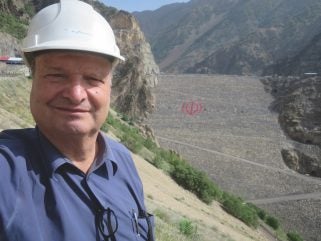
When I worked in the Laboratory of Hydraulics, Hydrology and Glaciology at the Swiss Federal Institute of Technology (ETH) in Zurich in the 1970s, IWP&DC was the only international journal on dam engineering and dam construction that was read by dam engineers, contractors and other professionals involved in dam projects – people who usually don’t study papers published in academic journals and conference proceedings.
IWP&DC covered ongoing projects as well as new developments in the design, construction, and operation of dams. This year the journal celebrates its 75th anniversary and remains a valuable source of information for professionals working in the dam industry. In order to cover new developments IWP&DC and other international dam journals play an important role in promoting dam safety and good practice in dam engineering including design, construction as well as the operation and maintenance. These are basically also the objectives of ICOLD, which will celebrate its 100th anniversary in 2028.
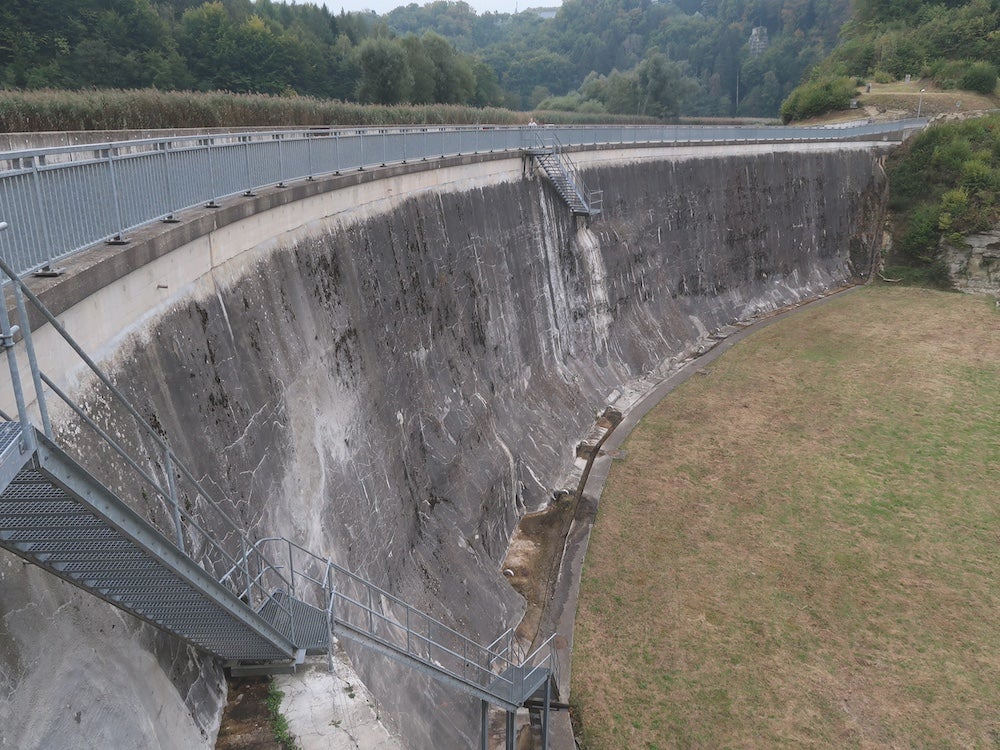
Sustainabilty
Today, much is written and spoken about sustainability. In Western countries the average age of large dams is about the same as that of IWP&DC, which implies that they are safe, provide benefits and thus are sustainable, or otherwise they would have been decommissioned a long time ago. The main factors concerning sustainable dams are dam safety and a long service life, which are the core competence of dam engineers and contractors. But today, sustainability focusses on non-technical aspects only, which is a mistake in the case of civil and building constructions. At the time when dams were built nobody used the term sustainability, because it was understood that the dams will be there for a long time. As a matter of fact, the life span of well-designed, well-constructed and well maintained dams can be very long. For example, Maigrauge dam in Switzerland, the first concrete dam in Europe, built in 1872, is still in operation and satisfies all current safety criteria. The assumption by many of a 50 years life span of dams is completely false.
Another issue I would like to address is the need to train professionals, who are responsible for existing dams and who are involved in the design and construction of new dams. New dams will be constructed mainly in Africa, Asia, and South America, where there still exists a large potential for new structures.
Regional training centres should be established, for example, in Ethiopia, Laos and the Himalayan Region. In the 1980s I worked as a faculty member at the Asian Institute of Technology in Bangkok, Thailand, which was established as the SEATO (South East Asia Treaty Organisation) graduate school of engineering in 1959. At that time, the objective of that graduate school was to train water resources and dam engineers for the construction of the huge Pa Mong dam project on the Mekong River near Vientiane, the capital of Laos. The dam was never built because of the Vietnam War and in the meantime the Mekong Committee established a few years earlier also changed its focus on the non-technical aspects of the Mekong River Basin. Now there is a lack of local dam engineers in most countries of this region.
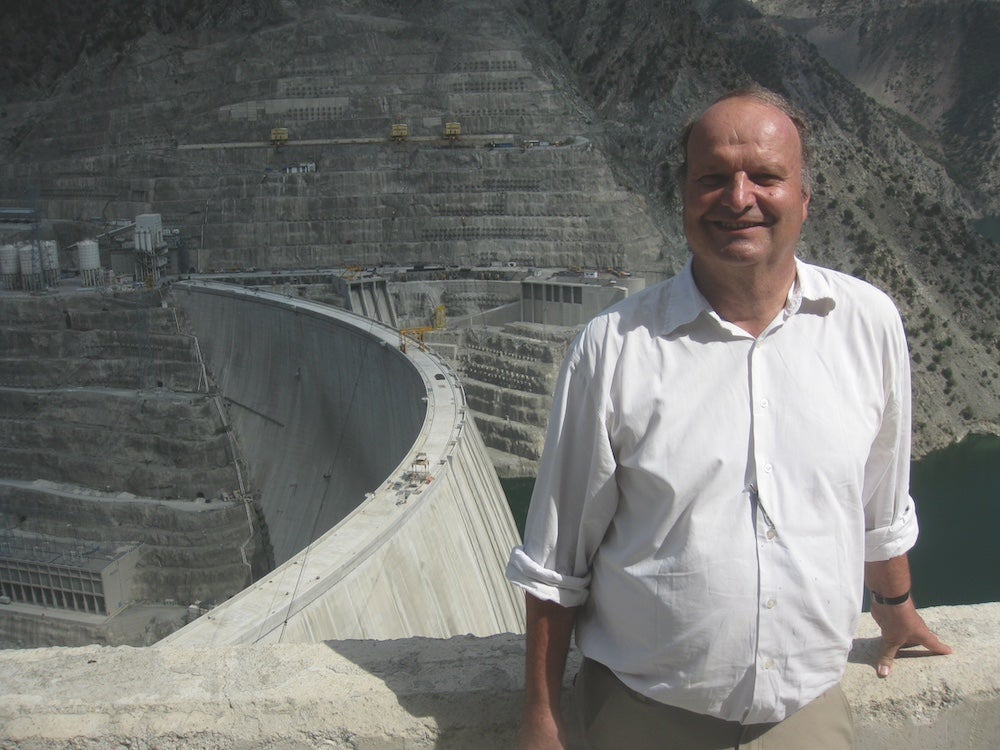
Seismic safety
A year before I started my professional career, the 1971 San Fernando earthquake occurred in California, causing damage to several embankment dams and the Pacoima arch dam. This event can be considered to be the starting point of modern earthquake engineering in the dam industry. In 1972 an earthquake working group of the Swiss Committee on Dams was created, for which I served as a secretary. Since then I have been involved in several very large dam projects such as the 249m high Deriner arch dam in Turkey.
Some of the important projects where the seismic safety played a key role, in which I was involved, are the 156m high Rudbar Lorestan dam in the Zagros Mountains in Iran. It is an earth core rockfill dam located in a narrow valley with highly complex seismotectonic features as there are several discontinuities in the footprint of the dam that could move during strong nearby earthquakes.
The dam was designed for maximum fault offsets of 2.5m, mainly in the horizontal direction and a horizontal peak ground acceleration of the safety evaluation earthquake of 0.75g. Besides the seismotectonics, the project is unique as the original design of the dam was an RCC dam with a slip joint at one of the main faults. The concrete dam was approved by different technical committees and also the contractor had a contract for a concrete dam. Because of new seismotectonic findings, the dam type had to be changed although the river diversion was already built. This change in dam type, which I initiated, resulted in disputes but finally the earth core rockfill dam could be built and finally all parties involved in this project were very happy as other large dams in Iran had experienced different types of problems.
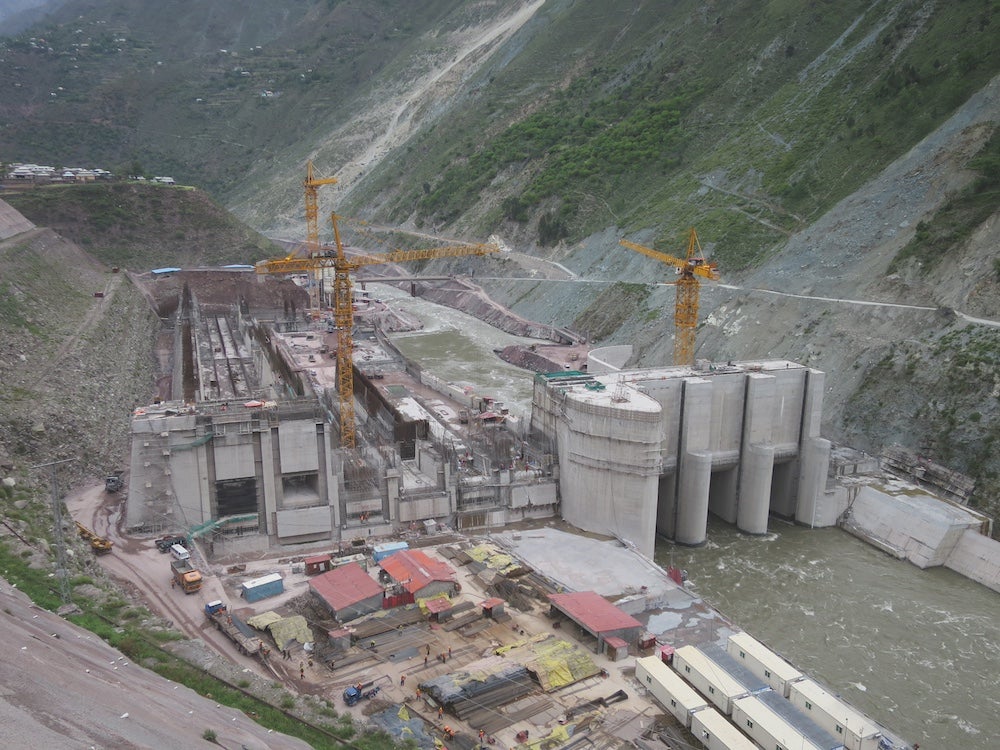
The second exceptional project is the dam of the 969MW Neelum Jhelum project in Kashmir, Pakistan. The 60m high concrete dam with integrated spillway, is located on the Neelum River close to the Line of Control separating India and Pakistan. The Main Boundary Thrust (MBT), one of the main faults of the Himalayas, crosses the dam site. In 2005 the Muzaffarabad earthquake with a magnitude of 7.6 occurred at another fault in this region. As the MBT could produce significant earthquakes, the ground motions observed during the Muzaffarabad earthquake were taken as a reference for the design of the concrete dam. For the dam design and the safety-critical elements (e.g. spillways) the horizontal peak ground acceleration of the safety evaluation earthquake was taken as 1.25g as well as an almost vertically dipping fault offset of 3.6m. Because no concrete dam can be designed to withstand fault movements and since the excavation of the MBT showed that it has a width of several metres, in which fault movements could occur anywhere, it was decided to construct a conservatively designed earth core rockfill dam across the MBT fault zone, which may be considered as a kind of “slip joint” that can absorb possible fault movements without failure. In addition, some fault treatment by means of weakening the rock using closely spaced bentonite filled boreholes was necessary to prevent fault movements occurring below the concrete dam.
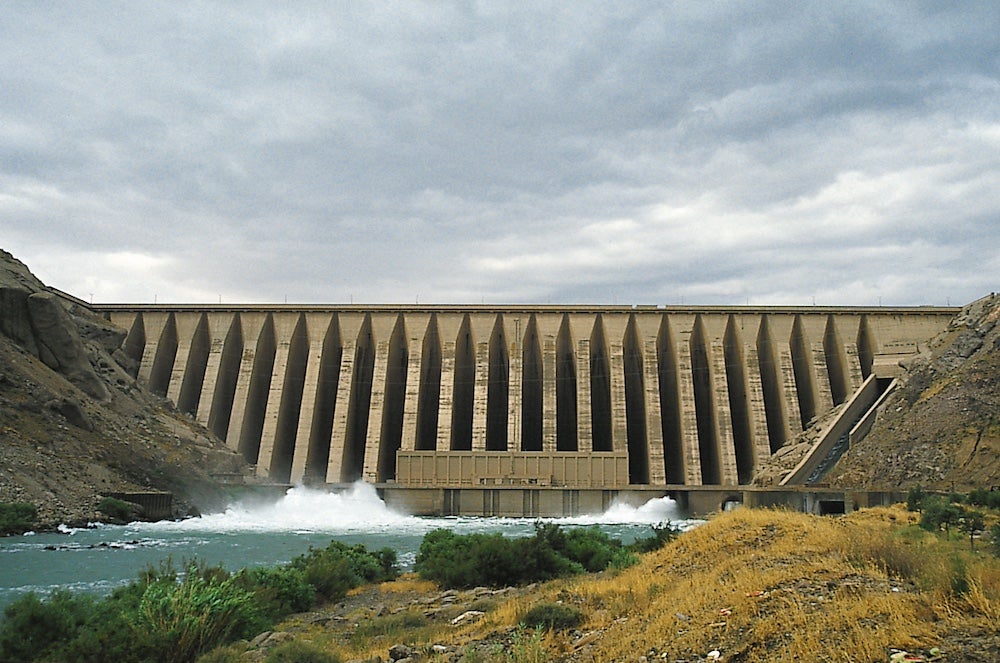
I could also mention my involvement in the international team inspecting the 106m high Sefid Rud buttress dam, which was damaged by the magnitude 7.4 Manjil-Rudbar earthquake in the Alborz Mountains in Iran in 1990. The epicentre of this devastating earthquake causing the loss of about 45,000 lives in the dam region was assumed to be only a few hundred metres away from the dam, which suffered different types of damage and had to be repaired and strengthened after the earthquake.
Sefid Rud dam is the concrete dam, which up to now, has experienced the strongest ground shaking of any concrete dam and, therefore, serves as a reference for assessing the possible effects of a strong earthquake on gravity dams.
Furthermore, following the magnitude 7.9 Wenchuan earthquake of May 2008 in Sichuan Province in China, together with CHINCOLD, I led an ICOLD reconnaissance mission to various dams damaged by this catastrophic earthquake. This earthquake damaged about 1800 dams and reservoirs and 400 powerhouses.
The two most important dam projects affected by this earthquake were (i) the Zipingpu concrete-faced rockfill dam with a height of 156m, whose construction was completed only two years before the earthquake, and (ii) the 132m high Shapai RCC arch dam, completed in 2004, which was the world‘s highest RCC arch dam, did not suffer any damage.
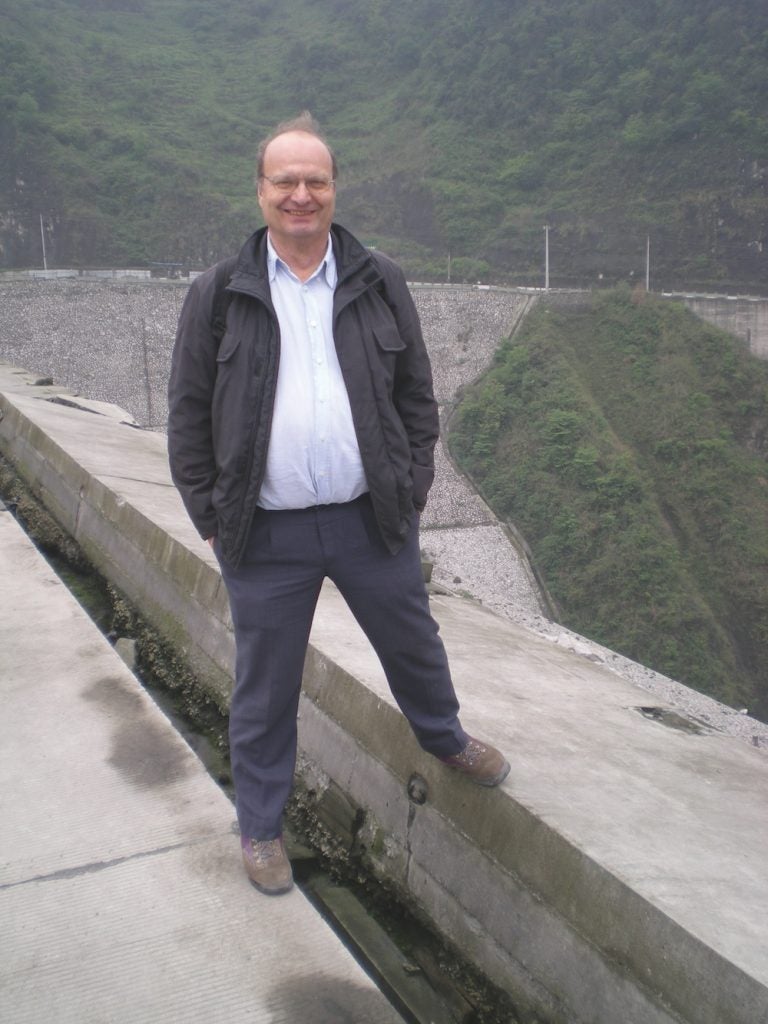
Technical challenges
There are technically very challenging dam projects in different parts of the world, but it seems, based on my experience, that sites in the Himalayan Mountain Range including the Himalayas, Karakorum, Hindukush, and Pamir need special attention, as besides strong earthquakes there are numerous glacial lakes, which may create large glacial lake outflow floods (GLOFs). Other hazards include rockslides, cloud bursts, etc.
Some GLOFs, rockslides and ice avalanches and associated debris flows may be that large, that dams with small storage may not be safe and should not be built. However, in the case of GLOFs prevention measures could be taken to lower or drain the glacial lakes and warning systems could be installed.
Dam engineering, because of its high safety requirements, has contributed much to the field of civil engineering and beyond. For example, most people may not be aware of the fact that the finite element method, used for the numerical analyses of structures etc, was developed by R. Clough and O.C. Zienkiewicz, who were involved in the static and seismic analysis of concrete dams and published the ICOLD Bulletin on Earthquake Analysis Procedures for Dams in 1986. Clough created the term “finite elements” in the 1960s and already in 1962 he published a paper on “Stress Analysis of a Gravity Dam by the Finite Element Method”, which shows that dams played an important role in the development of this very versatile numerical analysis method.
Besides technical safety, which takes precedence over any other issues, there are newer aspects that have an impact on the development of water resources. The main future concern is biodiversity. Biodiversity is unique at each dam site; this is true for any dam project. Also the effects of climate change are of increasing concern, attracting a lot of attention; however, these are mainly related to the operation of the reservoir than to dam safety, as in the case of dam safety there exist long-established procedures to cope with time-dependent and new types of hazards. The concept used is quite straightforward and requires a periodic safety review, which includes a detailed inspection of the dam and a review of the design and safety criteria. Such reviews could be done every five years.
Finally, as a civil engineer having worked on different types of civil engineering projects, I would like to point out that dam projects are the most interdisciplinary and challenging civil engineering projects, in which civil engineers still play the main role. Therefore, I can strongly recommend any young civil engineers to work on such projects.
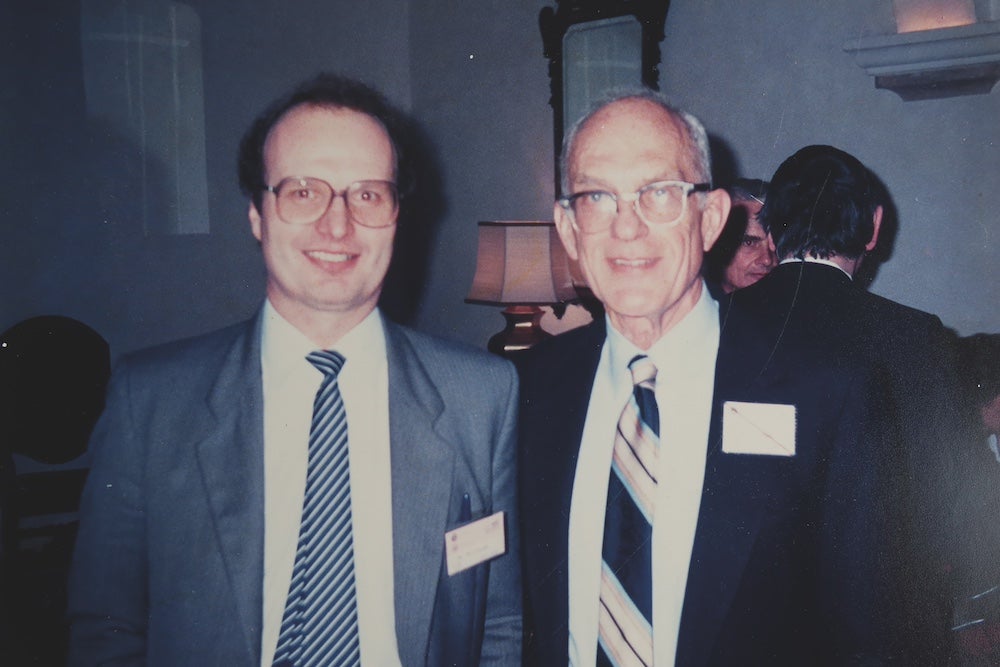
Martin Wieland, Chairman of the ICOLD Committee on Seismic Aspects of Dam Design, Honorary Member of ICOLD, and Dam Consultant in Dietikon, Switzerland.


